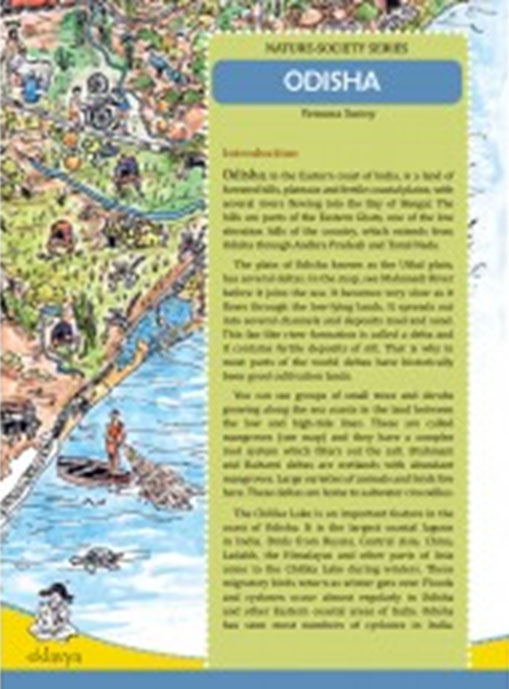Maps are very important tools of education. What is a map?
The old idea of maps focuses on its utility, to locate places and determine directions. Political history has widened this core utility to include in it a powerful socializing devise, to create territorial nation states in the young minds. Education submits to the mysterious power of the boundaries that maps display. Borders tend to make the earth less important than the inhabitants of each society and nation. Nature’s crisis and the state of tension between human relations, and nature and human relation with other humans become unreceptive to education, including the best kind of education.
‘That is why’, says Krishna Kumar, ‘we must find ways to think afresh about maps. They must connect with social institutions because human beings from their childhood onwards are located in these institutions. Social location where an institution as basic as the family intersects with national and global institutions that govern economic, political and cultural life are far more important than the physical location in a space. Maps that visualize and discuss this intersection mark a new beginning.’

